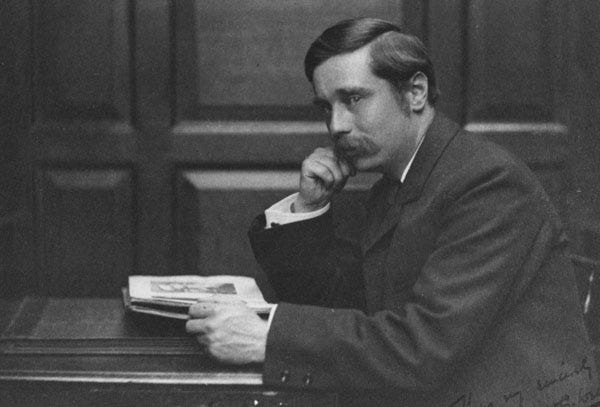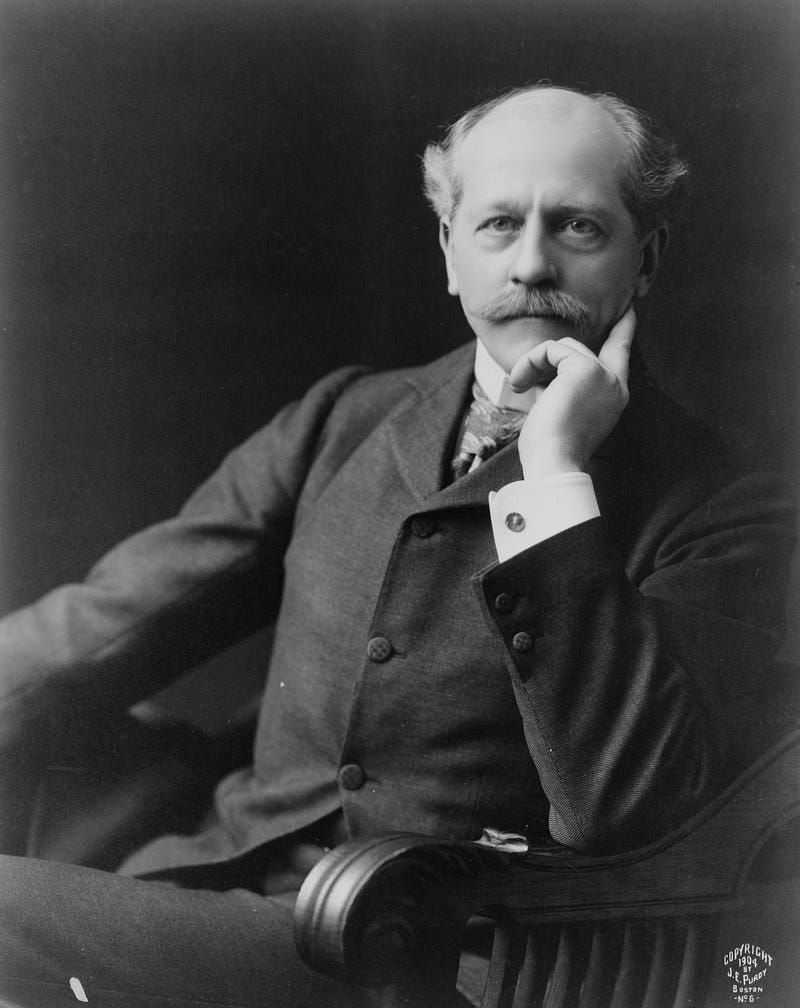Exploring the Mysteries of Martians: A Historical Perspective
Written on
Chapter 1: The Fascination with Mars
The recent landings of two Martian rovers—the Perseverance from the US and Zhurong from China—have reignited global curiosity about our neighboring planet. While modern scientists would be astounded to find signs of life on Mars, this would not have surprised early-twentieth-century astronomers. Renowned figures like Camille Flammarion, Percival Lowell, and William Pickering were convinced that Mars was home to an advanced civilization, eagerly awaiting humanity's technological evolution for potential contact.
How The Martians Got To The Earth | War of the Worlds Lore
This video explores the cultural impacts of Martian lore, especially through the lens of H.G. Wells' classic, "War of the Worlds," and how it shaped public perception of extraterrestrial life.
From Fiction to Fact
The emergence of science fiction as a genre in the eighteenth century saw a surge of stories set on Mars. By the century's end, authors were crafting tales of Martian expeditions. Camille Flammarion even wrote about reincarnated Earth couples becoming Martians, while H.G. Wells depicted hostile Martians invading Earth in his iconic novel, "War of the Worlds."
The scientific belief in Martians gained traction in 1877 when Italian astronomer Giovanni Schiaparelli claimed to have observed canali—canals—on Mars, connecting dark regions he labeled as "seas." His observations sparked intense scholarly debates, leading to a plethora of literature about the existence of Martians.

Schiaparelli remained cautious about the implications of his findings, yet Flammarion enthusiastically declared Mars inhabited in a publication for the Kansas City Review of Science. He detailed observations of the planet, asserting that Mars featured ice-capped poles, equal land and sea distribution, and extensive canals linking bodies of water. Flammarion even speculated that due to Mars's lower gravity, its inhabitants might possess a different form, possibly even capable of flight.
The Debate on Canals
For the next twenty-five years, astronomers debated the visibility of canals on Mars. Schiaparelli reported up to sixty canals, while major American observatories like Lick and the Naval Observatory struggled to confirm his findings, leading to a split in scientific opinion regarding the existence of these structures.
SPACE TO ROAM: The Red Planet
This video provides an overview of Mars, discussing its geology and the quest to understand its potential for life, alongside the ongoing exploration efforts.
A Notable Signal from Mars
In 1895, the New York Herald fueled public intrigue by reporting an astronomer's claim of detecting the Hebrew word "Shaddai," meaning Almighty God, etched into the Martian surface. Although the article lacked clarity on how this was discovered, it suggested that Martians might be attempting to communicate with humanity. However, the opportunity to respond was lost as the lights signaling from Mars faded away.
The unidentified astronomer, intrigued by Schiaparelli's maps, claimed to have identified Hebrew letters among the canals, asserting that the Martians were expressing a religious sentiment. This sensational claim captured widespread media attention despite the dubious nature of its evidence.
Chapter 2: Percival Lowell’s Canal Theory
As the 19th century drew to a close, American astronomer Percival Lowell emerged as a prominent advocate for the existence of Martian canals. Although he had a background in mathematics, his fascination with Schiaparelli’s discoveries led him to establish the Lowell Observatory in Flagstaff, Arizona, where he meticulously documented Mars's features.
Lowell quickly gained notoriety for claiming he too had observed the canals, producing extensive charts and publishing influential works on the subject, including "Mars as the Abode of Life." He presented the canals as evidence of intelligent design, arguing that they were intentionally constructed to redistribute water across the planet.
The Decline of the Canal Theory
However, as telescopes improved, the once-visible canals began to fade from view. Experiments conducted in 1903 suggested that the canals might have been optical illusions created by lower-resolution telescopes. By 1910, observations from more advanced telescopes confirmed that the supposed canals were mere shadows, not actual channels.
Despite mounting skepticism, Lowell remained steadfast in his belief in the existence of intelligent life on Mars, passing away in 1916 still hopeful that his theories would someday be validated. The romantic notion of Martians as sophisticated beings continued to captivate the human imagination, leaving a lasting legacy in both science and fiction.

Sources:
Kansas City Review of Science 3, (1880); Kansas City Times, June 2, 1895. Percival Lowell, Mars as the Abode of Life (1908); “The Signals from Mars.” Popular Astronomy 3, (1895–6); Victoria Daily Times (Canada), Mar. 16, 1910.